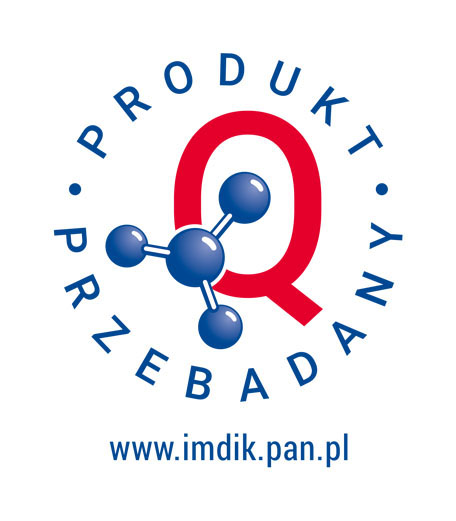Projects implemented at MMRI PAS funded by Medical Research Agency:
A randomised, blind placebo-controlled, phase 3 study to evaluate the efficacy and safety of cladribine in myasthenia gravis with acetylcholine receptor antibodies.
Project manager: prof. Paweł Grieb MD PhD as a representative of MMRI PAS
Project implemented in consortium: Medical University of Lublin (Leader), Institute of Psychiatry and Neurology in Warsaw, The Łukasiewicz Research Network – prof. I. Mościcki Industrial Chemistry Research, Blizard Institute, Barts and The London School of Medicine and Dentistry, Queen Mary University London
International collaboration: Great Britain
2019/ABM/01 call, implementation period: 2020 – 2026, project funding: PLN 26 349 901,54
Innovative application of stem cells and neurotrophin-releasing biocompatible polyelectrolyte nanoparticles in the adjuvant therapy of neurodegenerative diseases.
Project manager: Prof. Anna Sarnowska MD PhD as a representative of MMRI PAS
Project implemented in consortium: Pomeranian Medical University (Leader), Medical University of Warsaw, University of Warmia and Mazury in Olsztyn
ABM/2020/1 call, implementation period: 2021 – 2025, project funding: PLN 17 497 978
The application of platelet-rich leukocyte fibrin as angiogenesis stimulator in patients undergoing revascularization as therapy in critical lower limbs ischemia
Project manager: Prof. Zbigniew Gałązka (Medical University of Warsaw); Luiza Stanaszek PhD as a representative of MMRI PAS
Project implemented in consortium: Medical University of Warsaw (Leader) University Clinical Center of the Medical University of Warsaw, Warsaw University of Life Sciences, diCELLa Sp. z.o.o
Financed from the state budget under the Medical Research Agency competition (ABM/2020/1) - competition for research and development activities in the field of non-commercial clinical trials, implementation period: 2021 - 2026
Financed by the state 2020/ABM/01 call, implementation period: 2021 – 2026
Project funding: PLN 8 676 067,60PLN - total value of the project
Project Objective
Lower limb atherosclerosis is a common civilization-related disease within the group of cardiovascular disorders. It is associated with high morbidity, elevated mortality, and a significant reduction in patients' quality of life. It is estimated that approximately 202 million people worldwide are affected by lower limb atherosclerosis, and for many, disease progression ultimately leads to limb loss. The reported prevalence varies widely in the literature, ranging from 4.3% to 57%, depending on the diagnostic criteria, age, and the presence of risk factors in specific populations. Advanced age, male gender, diabetes, and smoking are strongly associated with a significantly increased risk of developing the disease.
-
The implantation of single-cell line populations, which does not adequately reflect the complex and not fully understood network of cell–cell and protein–cell interactions required for effective angiogenesis.
-
Donor cell anergy, caused by chronic systemic inflammation associated with generalized atherosclerosis, reduces cellular regenerative capacity.
-
The implantation of cells that die before angiogenesis can commence due to the absence of adequate blood supply and essential metabolic substrates in ischemic tissues.
-
The use of allogeneic cells, which are rapidly rejected by the host immune system, prevents the realization of a therapeutic effect.
It is anticipated that, in addition to restoring temporary vessel patency, the application of L-PRF will significantly accelerate secondary angiogenesis in ischemic limbs and attenuate the perivascular inflammatory response associated with revascularization procedures. We hypothesize that this approach will lead to a substantially longer asymptomatic period, or even complete remission of disease symptoms, ultimately resulting in higher limb salvage rates and potentially reduced mortality within this patient population.
The primary objective of this study is to develop novel interventional strategies for the treatment of critical limb ischemia in the lower extremities, utilizing L-PRF as a therapeutic medicinal product.
Study to evaluate the efficacy and safety of Polish cladribine in the treatment of patients with secondary progressive multiple sclerosis - a phase 2, randomized, double-blind, placebo-controlled trial
Project manager: prof. Paweł Grieb MD PhD as a respresenative of MMRI PASProject implemented in consortium with:Instytut Psychiatrii i Neurologii(Lider), Military Institute of Aviation Medicine, Nalecz Institute of Biocybernetics and Biomedical Engineering Polish Academy of Sciences2021/ABM/02 call, implementation period: 2021– 2027, project funding: PLN 9 704 627,60







